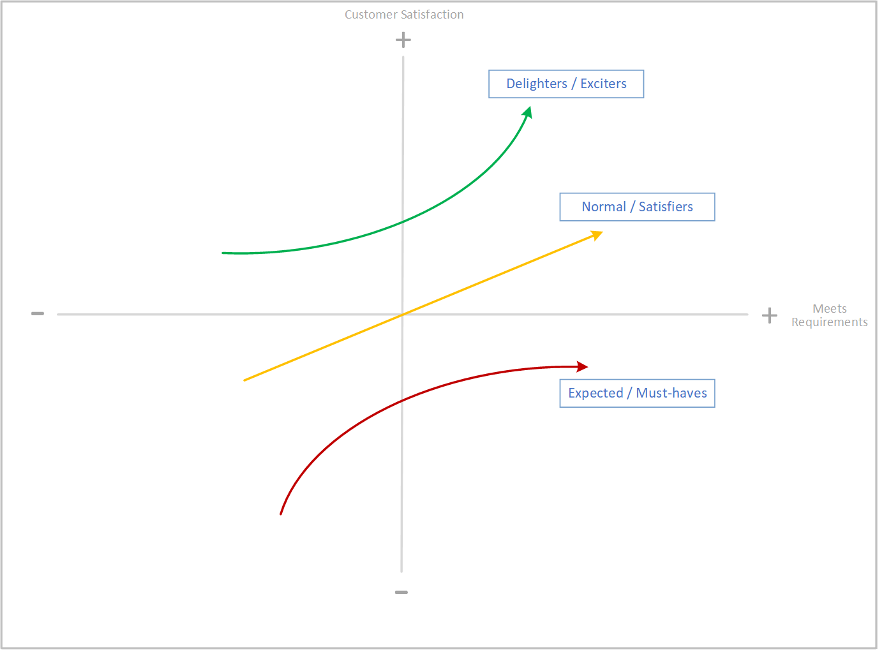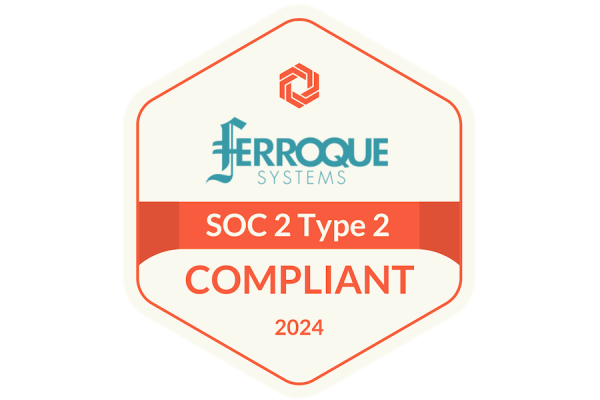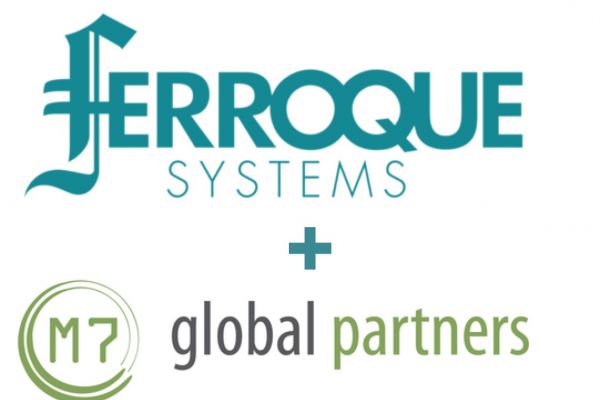
Introduction
“Digital transformation.” By now, most everyone associated with the technology space has heard of this term, but just what exactly is digital transformation? What does it mean? Why and how should it be applied? What practical benefits can it generate?
This blog will discuss the concept of digital transformation (drawing modestly from the vantage point of the digital workspace and user experience), highlight ways in which it can be applied, and review some of the benefits that can be realized as a result.
What Is Digital Transformation?
Digital transformation is not necessarily a “thing”; being “digitally transformative” is a mindset or an approach, which can result in a methodology (i.e. a way of doing things). At its core, digital transformation can be thought of as the evolution of consumerization, which from a historical perspective, represents the point in time in which the expectation of allowing end-users to use personal devices in the professional workspace began to take hold. Today, this practice has become ubiquitous; for digital transformation examples, today most companies allow some form of BYOD, and have shifted toward SaaS offerings eliminating on-prem application infrastructure and its associated burden of management.
Digital transformation is the ongoing evolution of consumerization that continues the practice of designing new products, services, and/or solutions from the end-user’s perspective. Traditionally, most technology solutions have been designed from the inside out, as evidenced by the phrase “last mile” when referring to the point at which end-users interact with a product. Today, digital transformation focuses on making the end-user experience the “first mile”; i.e. looking at technology solutions from the outside in.
The consumption of subscription-based services continues to become a more popular alternative to traditional products including software and physical IT infrastructure, and this is just one barometer of digital transformation. For example, consider Microsoft Office, traditionally a locally-installed software product but now becoming more commonly delivered as a service via Microsoft 365 (formerly Office 365). As well, consider over the past few years the jump in usage of cloud-based services, both in the IaaS space (infrastructure as a service, such as Azure and AWS) and in the SaaS space (software as a service, such as Salesforce.com and ShareFile). Historically, security concerns were a core barrier to IaaS/cloud adoption; however, consumerization began (perhaps forced?) making organizations more comfortable with managing the security implications of using personal devices in the professional workspace. Digital transformation is the continued evolution of this mindset.
Why be Digitally Transformative?
Being digitally transformative unlocks a mindset that can significantly influence the service or product that is being delivered, and it starts “up the waterfall”, when planning for and designing solutions. Consider the Stanford University “Design thinking” model, wherein the first (of five) steps is “Empathize”. In practice, this does not simply mean to consider how an end-user (or customer) would use a service or product; rather, it means to make every effort to feel what an end-user might be feeling, to consider the environment in which an end-user is working, and to understand the various stressors that may be influencing an end-user as he/she performs their work.
For example, I have been part of a team that practiced the “Design thinking” model at a hospital when designing changes to their existing application delivery solution. In this scenario, the end-users consisted of healthcare providers, including triage nurses. Using a “Design thinking” approach included triage nurses mentally reliving how they feel when a medivac patient is helicoptered into their hospital, mentally putting themselves in the middle of the hectic and urgent activities that are occurring all around them, and feeling the mental anguish of wanting to do everything they can to save the life of the patient. Using this model, little details that were typically overlooked rose to the surface and were captured as requirements that were otherwise likely to have been overlooked. The inclusion of such requirements resulted in designing a solution that better addressed the overall needs of triage nurses and emergency room physicians. For example, by streamlining the process of capturing patient vital signs and trauma data and securely sharing such information with relevant healthcare providers so they could more quickly begin administering patient care upon patient arrival.
“Design thinking” is not quite the same as digital transformation, but it clearly illustrates a core digital transformation concept: viewing a solution from the end-user’s perspective results in designing and delivering a better solution, whether such solutions are sold to an organization’s customers or delivered via in-house IT to an organization’s end-users.
How to be Digitally Transformative
Commit to investigating and developing a digital transformation strategy and framework. Ultimately, being digitally transformative typically results in solutions that more completely fulfill the real-world requirements of end-users and business objectives, including “unspoken” requirements; i.e. solutions that deliver a better end-user experience. This in turn enhances end-user and business unit adoption, often extending the lifespan of the enabling technologies, which ultimately results in an organization getting more value from their technology investments; i.e. digital transformation increases ROI.
“End-user experience”, as mentioned above, is a very popular (perhaps over-used?) term, and is closely associated with digital transformation. This may elicit a question around how to define practical elements of the end-user experience. A common element is convenience/ease-of-use. Another common element is simplicity, often manifested as the degree to which a solution is simple and intuitive. Another common element is perception, often manifested (at least, in the professional technology space) as the overall quality of the user interface (e.g. layout, structure, and visual acuity of the UI).
Generally speaking, the more a service or product fulfills these elements, the greater its adoption. For example, an iPhone does not ship with instructions, yet its UI makes it very easy, simple, and intuitive to use, and very conveniently incorporates a lot of functionality into a small form-factor device, thus it quickly established massive customer adoption (and most people would consider the iPhone to have been digitally transformative). By contrast, a service or product that misses the mark on these elements will only be used to the extent that there is no other option; typically, it will be used by a smaller percentage of the organization and/or only a small fraction of its available functionality will be used.
And ultimately, beyond user experience, digital transformation means being innovative; there is no transformation without innovation. In this context, innovation happens on multiple levels/scales; it can be fairly small-scale (such as creating a micro-app that combines related functionality from multiple larger applications to vastly streamline the performance of routine tasks, such as a micro-app for submitting travel receipts and expenses) and it can be very large-scale (such as an organization that moves to a full remote workforce, allowing it to significantly decrease facilities expenses allocated to maintain a large office space(s) while adopting a zero-trust security model as part of the access strategy). The key concept is to leverage existing technology investments in innovative ways that result in delivering a vastly improved user experience, significant streamlining of existing workflows, notable benefits to work-life balance, and/or substantial increases in revenue or decreases in expenses.
Of course, everything that has been discussed thus far assumes core functional requirements are met, but simply meeting core requirements is not digital transformation. One practical method of viewing how “digitally transformative” a solution has the potential be is to use a Kano model.

As depicted above, a Kano model organizes requirements and customer satisfaction into quadrants and can be used to graphically illustrate the degree to which hard requirements and end-user experience elements are met. Hard requirements are straightforward since the degree to which a hard requirement is fulfilled is typically fairly obvious to capture; for example, via a traditional unit or systems test plan. End-user experience is subjective, thus such elements can be captured via end-user surveys (ideally, primarily via multiple-choice questions since this allows for over-time comparisons, with allowance for one freeform question). Combining these methods allows to plot points on the Kano model.
In the context of in-house IT, another method of being digitally transformative is by implementing a service catalog, which allows an organization to offer on-demand IT services to its end-users. Typically, an organization’s initial service catalog deployment will consist of identifying the most popular IT requests (for example, user account lockout) and defining the “response action” workflow (for example, a user calls the IT Helpdesk (or submits a service request ticket), who then verifies the user’s identity and manually unlocks the user’s account). The “response action” is typically automated, and the request and automated response action are then bundled together into a pre-packaged service that is made available for end-user consumption via the service catalog, accessible via a browser.
As you can see, there are several practical ways of functioning with a transformative mindset. In practice, there is no one “silver bullet” method that puts you on the digital transformation path; rather, it is the consistent adoption of multiple such elements that results in being transformative.
Benefits of Digital Transformation
Now that we have provided guidance on why and how to be digitally transformative, let’s take a look at some of the key benefits.
As expected, there are hard benefits, such as increasing revenue (either by creating new revenue streams or increasing existing streams) and decreasing expenses (typically by eliminating or streamlining certain workflows). Digital transformation often directly creates such hard benefits, and it is also common for it to have an indirect influence on such hard benefits via some of its common soft benefits.
In the professional IT space, soft benefits of digital transformation often manifest as an increase in productivity while maintaining the same headcount, increasing business agility, and improving competitive business advantage. Much of this is the result of automation; for example, implementing a service catalog includes automating certain workflows, eliminating or minimizing the need for human intervention in many workflows, and thus speeding up completion of the overall process. This results in IT professionals having more time available for other activities and end-users having their requests fulfilled more quickly, thus increasing both IT and end-user productivity.
For example, I have previously worked with a team that repurposed its core function from managing corporate endpoints to instead designing and implementing a service catalog. This was brought about by the organization’s decision to implement BYOD, which essentially removed the need for an IT team to manage corporate endpoints; however, rather than being eliminated, the IT team repurposed itself to implement a service catalog. Ultimately, the decision to implement BYOD and a service catalog vastly improved end-user convenience, substantially decreased expenses, streamlined existing processes, made better use of existing human capital, and improved IT morale (by repurposing a team to focus on more innovative efforts). This is a great example of real-world benefits of digital transformation, and illustrates a key concept: one transformative event often generates several waves of benefits.
Another key soft benefit of digital transformation is its contribution to the organization’s brand. Earlier in this blog, I asked you to think about companies you considered to be digitally transformative … and I will bet that you have a positive brand perception and high brand awareness for the companies on your list.
This blog has outlined numerous benefits of digital transformation, both specifically here in this section as well as sprinkled throughout previous sections. Without diving into additional details, at this point I think it is clear to see how being digitally transformative results in numerous hard and soft benefits.
In Conclusion…
This blog post began by defining digital transformation and why it is important, provided practical guidance around ways to be digitally transformative, and summarized high-level benefits of digital transformation. Digital transformation is not a light switch; it happens over time as a result of consistent and purposeful planning, decision-making, and execution. Think of the companies you perceive as being digitally transformative; it is likely due to things these companies have done consistently over time rather than any one thing in particular.
At Ferroque Systems, we get it; we understand and live the digital transformation mindset. It is how we have built/grown our company and our brand and has driven our partner selection process and technology specialization in order to deliver on our mission to customers. Our business acumen, consulting methodology, process and technical expertise, and field experience enables us to guide our customers to extract more value from their technology investments. For example, the “Managed Services for Transformation” section in Part III of our “MSP in the Modern Economy” blog series outlines a Ferroque Systems offering that is purpose-built for digital transformation.
At its core, digital transformation is essentially an organization’s ability to leverage its technology investments in innovative ways that focus on the end-user/customer experience as the “first mile” for designing a new solution, service, or product. Consistently doing so often uncovers opportunities that were previously unknown; just as work gravitates toward those who get it done, success gravitates toward organizations who are transformative. Whether you are not quite sure how to start down this path or you are looking to accelerate your journey down the path you are already on, we at Ferroque System are always available to help and would be happy to talk with you about how we can do so.








